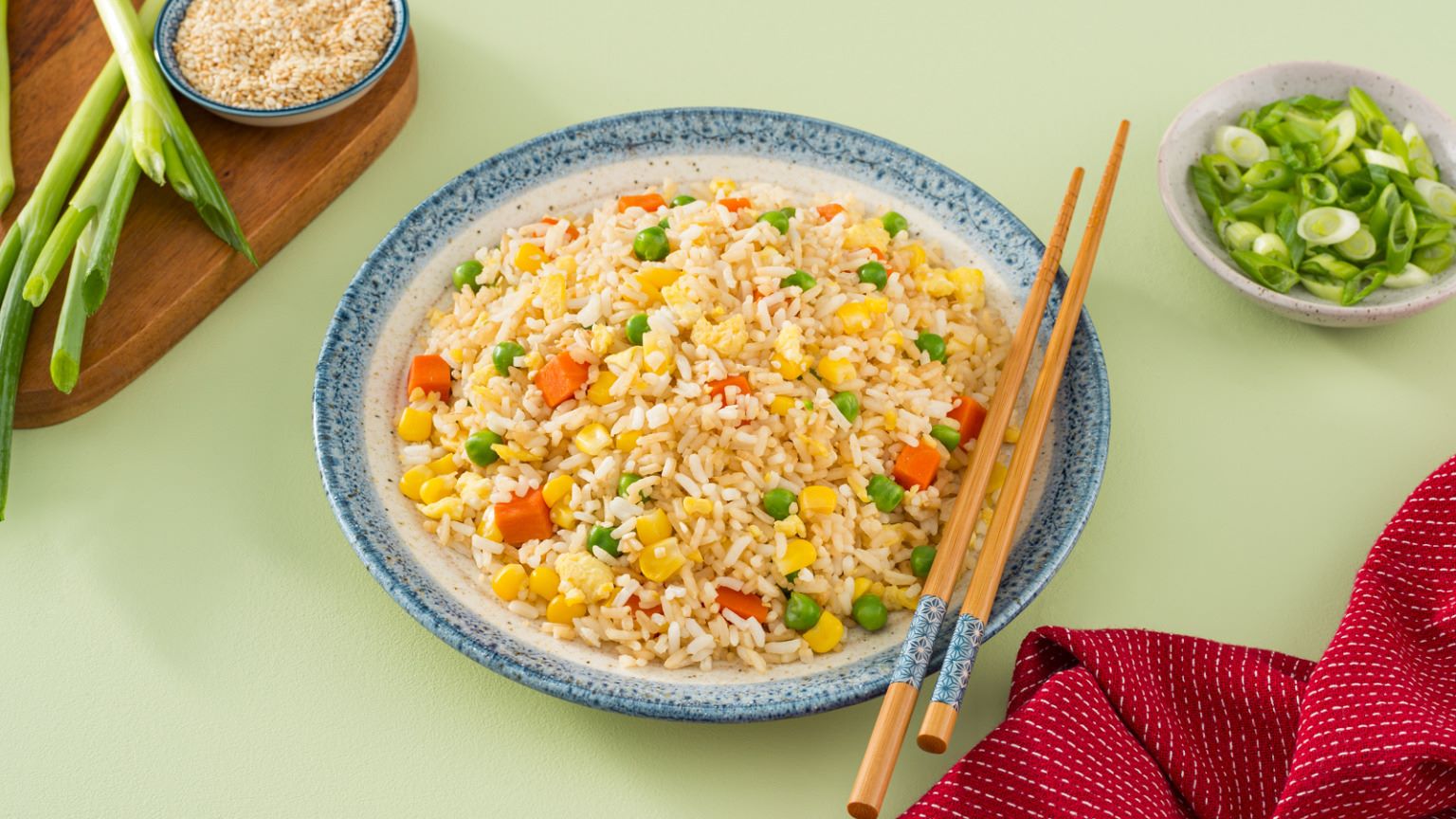

Articles
How To Store Fried Rice
Modified: August 17, 2024
Looking for articles on how to store fried rice? Find helpful tips and techniques for preserving your leftover fried rice for future meals.
(Many of the links in this article redirect to a specific reviewed product. Your purchase of these products through affiliate links helps to generate commission for Storables.com, at no extra cost. Learn more)
Introduction
Have you ever wondered how to properly store your leftover fried rice to keep it fresh and delicious for longer? Well, you’re in luck! In this article, we will guide you through the importance of proper storage, the best containers to use, a step-by-step guide to storing fried rice, tips for extending its shelf life, and even how to reheat stored fried rice. So, if you want to enjoy your fried rice leftovers without compromising on taste or texture, keep reading!
Key Takeaways:
- Properly storing fried rice is crucial for maintaining its freshness, flavor, and safety. Choosing the right containers, following step-by-step storage guidelines, and implementing helpful tips can extend its shelf life and ensure a satisfying eating experience.
- Reheating stored fried rice properly is essential to maintain its deliciousness. Whether using the microwave or stovetop, adding moisture, and heating to the recommended temperature ensures a flavorful and safe dining experience.
Read more: How To Store Fried Food
Why is Proper Storage Important?
Proper storage is crucial when it comes to preserving the quality, flavor, and safety of your leftover fried rice. Here’s why:
- Freshness: By storing your fried rice correctly, you can maintain its freshness for a longer period of time. This means that when you decide to enjoy it again, it will still taste as delicious as the day it was cooked.
- Food Safety: Rice, particularly cooked rice, can be a breeding ground for bacteria such as Bacillus cereus. If left at room temperature for too long, these bacteria can multiply and cause food poisoning. Proper storage prevents bacterial growth and ensures that your fried rice remains safe to consume.
- Texture: Improper storage can lead to the rice becoming dry, hard, or mushy. By following the right storage methods, you can help retain the desired texture of the fried rice, ensuring a satisfying eating experience when you choose to enjoy it later.
- Cost-saving: If you have a habit of throwing away leftover fried rice because it didn’t hold up well, proper storage can save you money in the long run. You can enjoy your leftovers without any compromise and reduce food waste at the same time.
Now that we understand the importance of proper storage let’s explore the best containers to use for storing fried rice.
Best Containers for Storing Fried Rice
When it comes to storing your leftover fried rice, choosing the right container is key. Here are a few options that work well:
- Airtight Containers: Investing in a set of airtight containers is a great choice for storing fried rice. These containers create a seal, preventing air from entering and keeping your fried rice fresh for longer. Look for containers made of glass or BPA-free plastic, as they are safe for both storing and reheating the rice.
- Ziplock Bags: If you prefer a more space-saving option, consider using ziplock bags. They are great for portioning out smaller amounts of fried rice and are easily stackable in the refrigerator or freezer. Just make sure to remove as much air as possible before sealing the bag to prevent freezer burn.
- Freezer-safe Containers: If you plan to freeze your fried rice for an extended period, opt for freezer-safe containers. These are designed to withstand low temperatures without cracking or becoming brittle. Look for containers specifically labeled as freezer-safe to ensure the best results.
Remember, regardless of the containers you choose, always ensure they are clean and dry before storing your fried rice to maintain its quality. Now that you have the right container, let’s move on to the step-by-step guide on how to store fried rice.
Step-by-step Guide to Storing Fried Rice
Properly storing your leftover fried rice not only helps retain its flavor and texture but also ensures its safety. Follow these simple steps to store your fried rice:
- Cool the Rice: Allow the fried rice to cool down at room temperature for about 30 minutes after cooking. This prevents condensation from forming inside the container and helps maintain the rice’s texture.
- Choose the Right Container: Select an airtight container, ziplock bag, or freezer-safe container based on your preferred storage method. Ensure the container is clean and dry before placing the rice inside.
- Portion and Pack: Divide the fried rice into individual servings or desired portions. This allows you to grab just the right amount when you’re ready to enjoy it. If using a container, fill it up, leaving some headspace to accommodate any expansion if freezing.
- Seal and Label: If using a container, secure the lid tightly to create an airtight seal. For ziplock bags, press out any excess air before sealing. Lastly, label the container or bag with the date of storage to help you keep track of its freshness.
- Refrigerate or Freeze: If you plan to consume the fried rice within 2-3 days, refrigerate it. Place the container in the refrigerator and ensure it is not kept near foods with strong odors. For longer storage, place the container in the freezer. When freezing, separate individual portions with parchment paper for easier portioning later.
Now that you know how to store fried rice properly, let’s explore some handy tips to extend its shelf life.
After cooking, let the fried rice cool to room temperature before transferring it to an airtight container. Store in the refrigerator for up to 3-4 days. Reheat thoroughly before serving.
Tips for Extending the Shelf Life of Fried Rice
If you want to maximize the shelf life of your stored fried rice and keep it fresh for as long as possible, follow these helpful tips:
- Temperature Control: Keep your refrigerated fried rice at a temperature below 40°F (4°C). This slows down bacterial growth and helps maintain its quality. If frozen, keep it at a consistent temperature of 0°F (-18°C) or below.
- Proper Handling: Always use clean utensils when handling the fried rice to avoid contamination. Additionally, avoid leaving the rice at room temperature for an extended period. When reheating, make sure to heat it thoroughly to kill any bacteria that might have grown.
- Storage Duration: Refrigerated fried rice is best consumed within 2-3 days. Frozen fried rice can be stored for up to 3 months. Beyond that, the quality may decline, and the risk of freezer burn increases.
- Portion Control: If you often find yourself with leftover rice, consider portioning it out before storing. This way, you can thaw and reheat only the amount you need, reducing food waste.
- Avoid Freezer Burn: To prevent freezer burn, ensure that your fried rice is tightly sealed in an airtight container or ziplock bag. Remove as much air as possible from the bag before sealing it.
- Label and Rotate: Label your stored fried rice with the date of storage and practice the principle of “first in, first out.” Use the oldest portions first before moving on to the newer ones.
- Refrigerator Placement: Store your fried rice away from foods with strong odors. Rice easily absorbs smells, which can affect its taste and aroma.
By following these tips, you can prolong the shelf life of your fried rice and ensure its freshness when you’re ready to enjoy it. Now, let’s learn how to reheat stored fried rice.
Read more: How To Store Leftover Fries
How to Reheat Stored Fried Rice
When it’s time to enjoy your stored fried rice, it’s important to reheat it properly to maintain its flavor and texture. Follow these steps to reheat your fried rice:
- Refrigerated Fried Rice: If your fried rice was stored in the refrigerator, remove it from the container and transfer it to a microwave-safe dish. Loosely cover the dish with a microwave-safe lid or microwave-safe plastic wrap to retain moisture.
- Frozen Fried Rice: For frozen fried rice, let it thaw in the refrigerator overnight before reheating. Once thawed, transfer it to a microwave-safe dish.
- Moisture Addition: To prevent dryness, sprinkle a few drops of water or broth over the rice. This helps to rehydrate the rice and maintain its moisture during the reheating process.
- Reheating: Microwave the fried rice on medium power for around 1-2 minutes, depending on the quantity. Stir the rice halfway through the reheating process to ensure even heat distribution. Check for desired warmth and continue reheating in short intervals if needed.
- Stovetop Method: If you prefer using the stovetop, transfer the fried rice to a non-stick pan or skillet. Add a bit of oil or water to the pan to prevent sticking. Heat the rice on medium heat, stirring occasionally, until thoroughly heated.
- Check for Safety: Regardless of the reheating method, make sure to heat the fried rice to an internal temperature of 165°F (74°C) to ensure it is safe to consume.
- Enjoy: Once reheated, your fried rice is ready to be enjoyed once again! Garnish it with some fresh herbs or add a splash of soy sauce for an extra burst of flavor.
Now that you know how to reheat your stored fried rice, you can indulge in its deliciousness without compromising on taste or quality. Let’s wrap up the article!
Conclusion
Properly storing fried rice is essential to maintain its freshness, flavor, and safety. By following the guidelines outlined in this article, you can ensure that your leftover fried rice retains its deliciousness for longer periods.
Remember to choose the right containers for storage, such as airtight containers, ziplock bags, or freezer-safe containers. Take the time to properly cool down the rice before packing it, and always label and date your containers to keep track of freshness.
Extend the shelf life of your fried rice by keeping it at the appropriate temperature, handling it with clean utensils, and practicing portion control. Prevent freezer burn by ensuring airtight seals, and rotate your stored rice to use the oldest portions first.
When it’s time to enjoy your stored fried rice, follow the recommended reheating methods. Whether using the microwave or stovetop, make sure to heat the rice thoroughly to the recommended internal temperature for safe consumption.
Incorporate these tips and techniques into your routine, and you’ll be able to enjoy delicious, freshly reheated fried rice with minimal effort and without compromising on taste or quality.
So, the next time you have leftover fried rice, don’t let it go to waste. Store it properly, reheat it with care, and savor every bite of your delectable creation. Happy dining!
Frequently Asked Questions about How To Store Fried Rice
Was this page helpful?
At Storables.com, we guarantee accurate and reliable information. Our content, validated by Expert Board Contributors, is crafted following stringent Editorial Policies. We're committed to providing you with well-researched, expert-backed insights for all your informational needs.


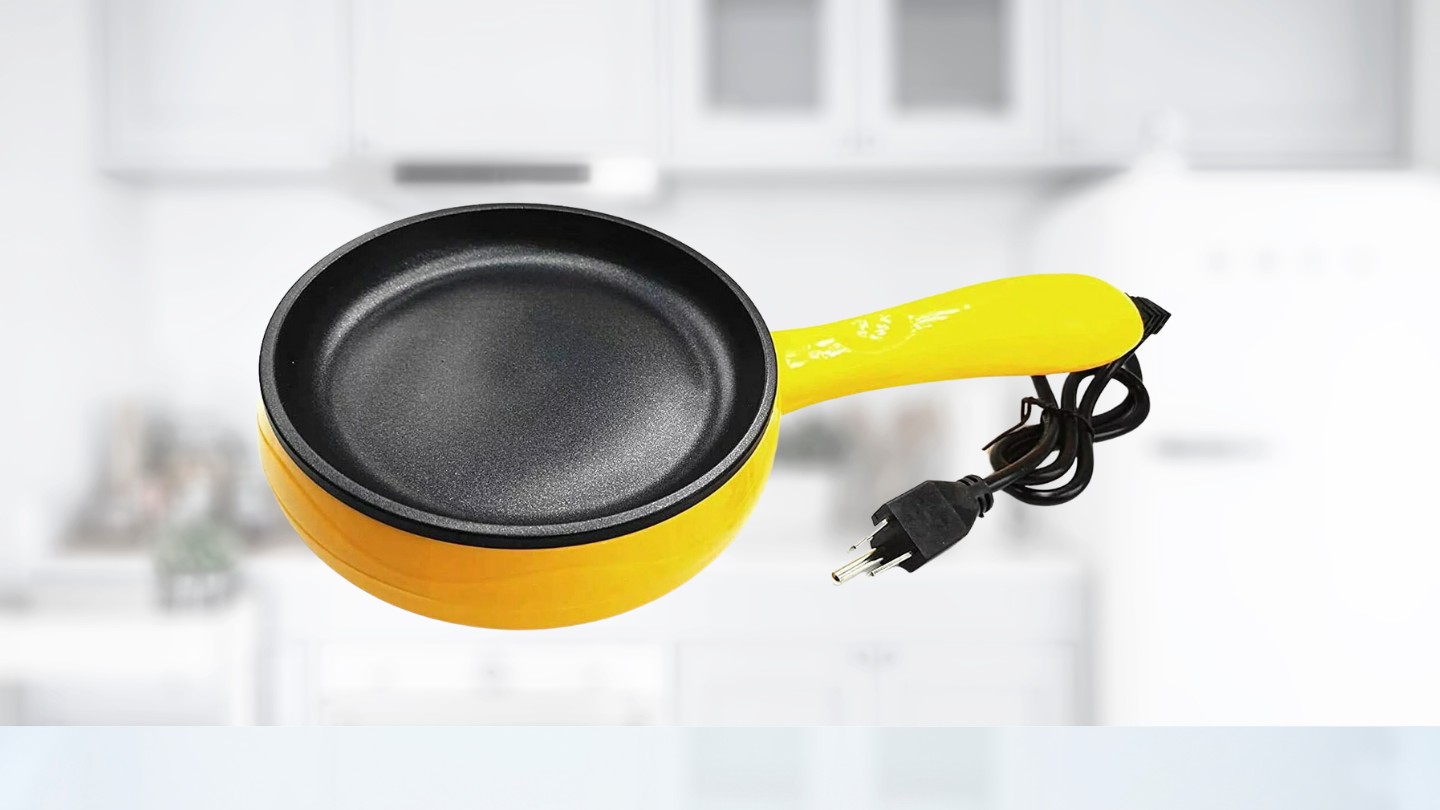


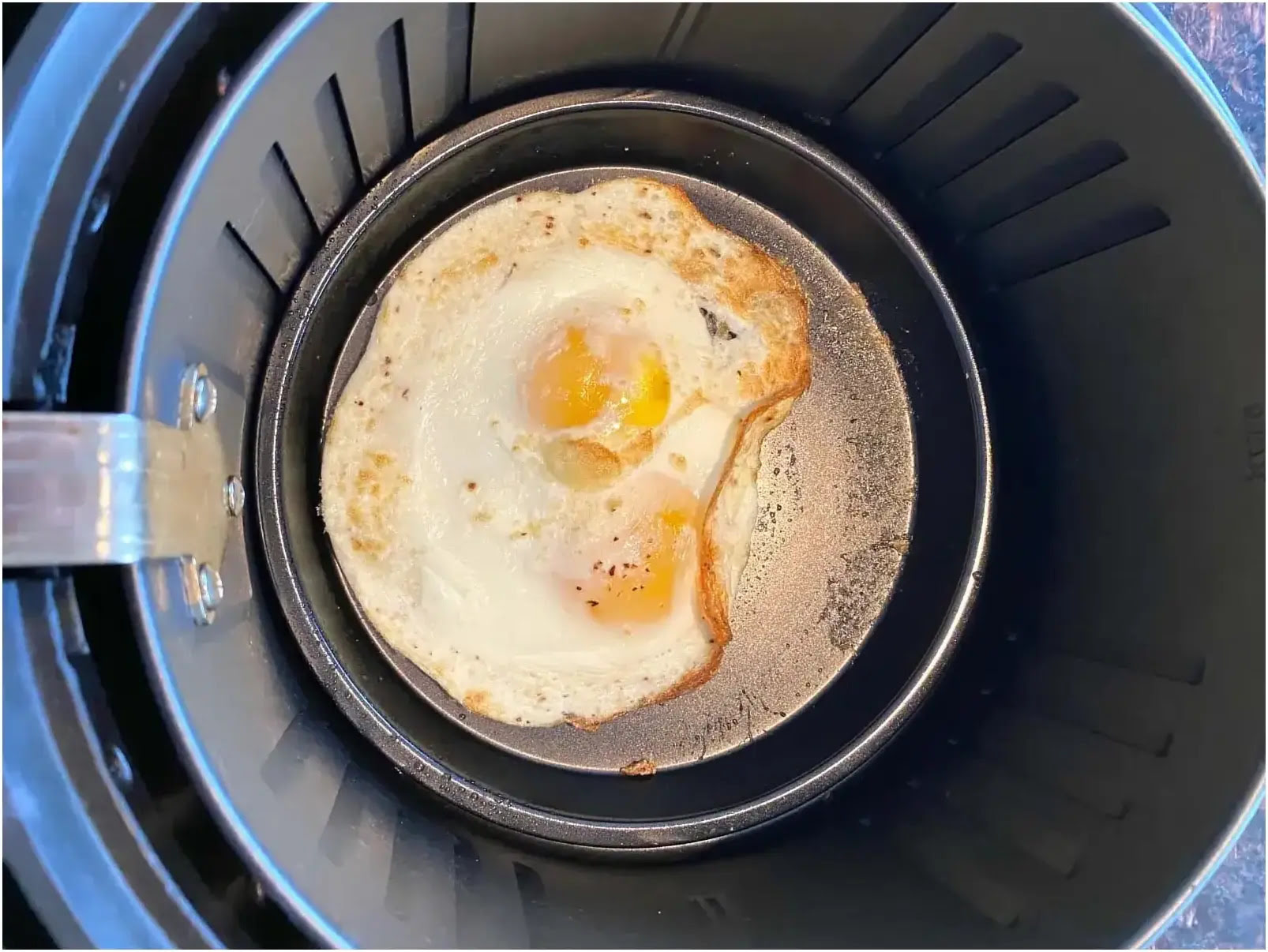


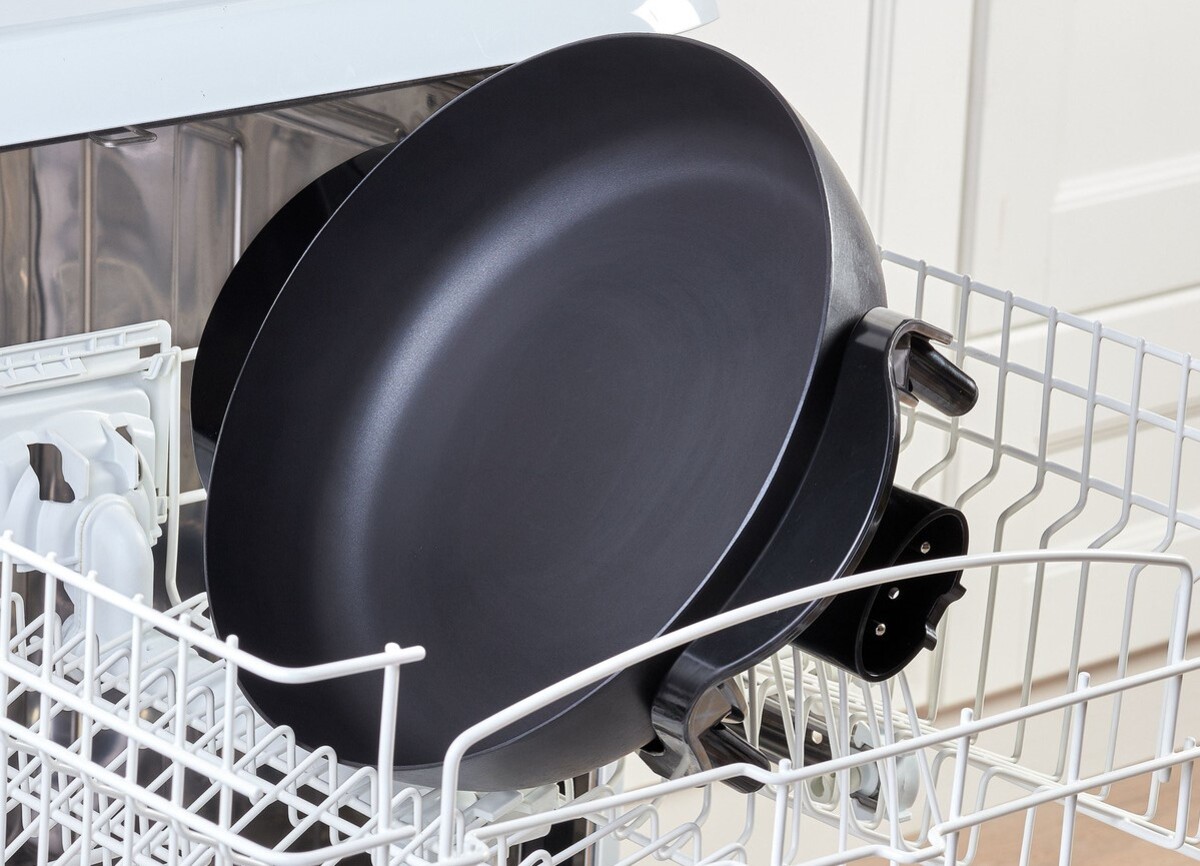
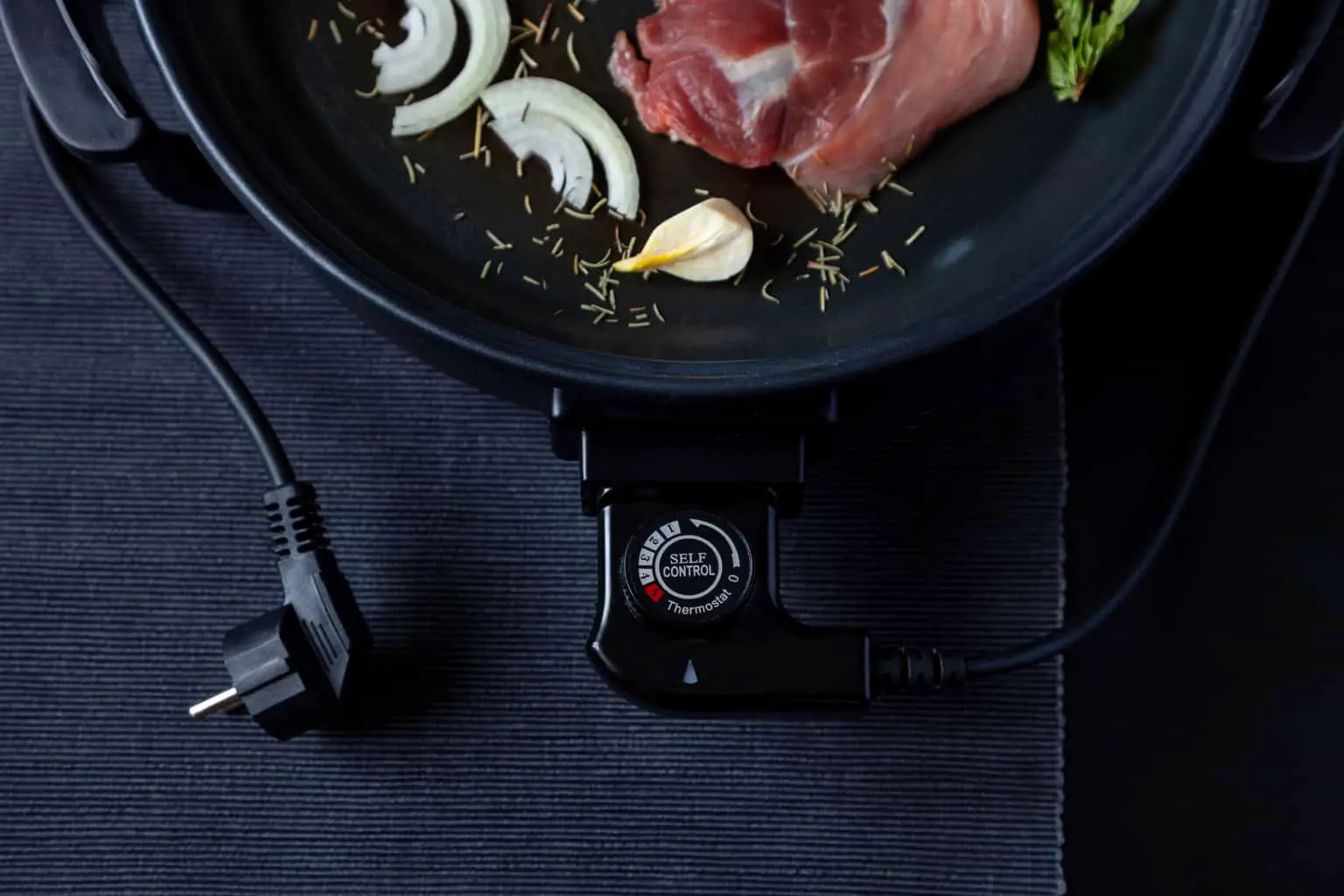
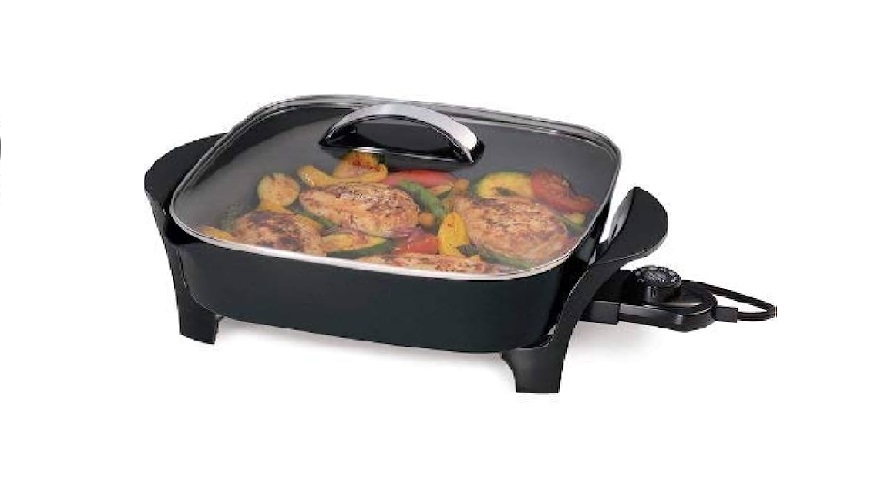
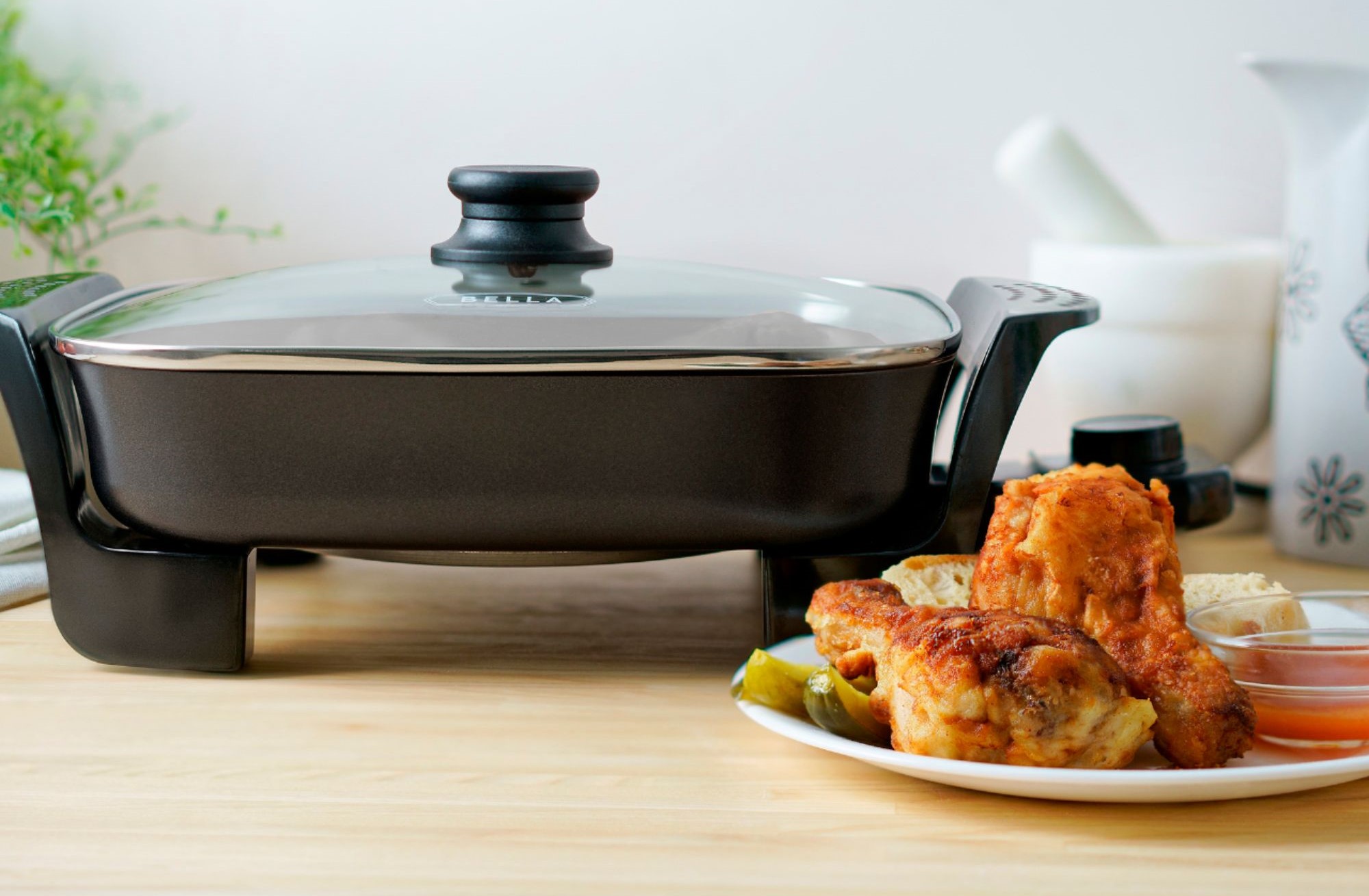
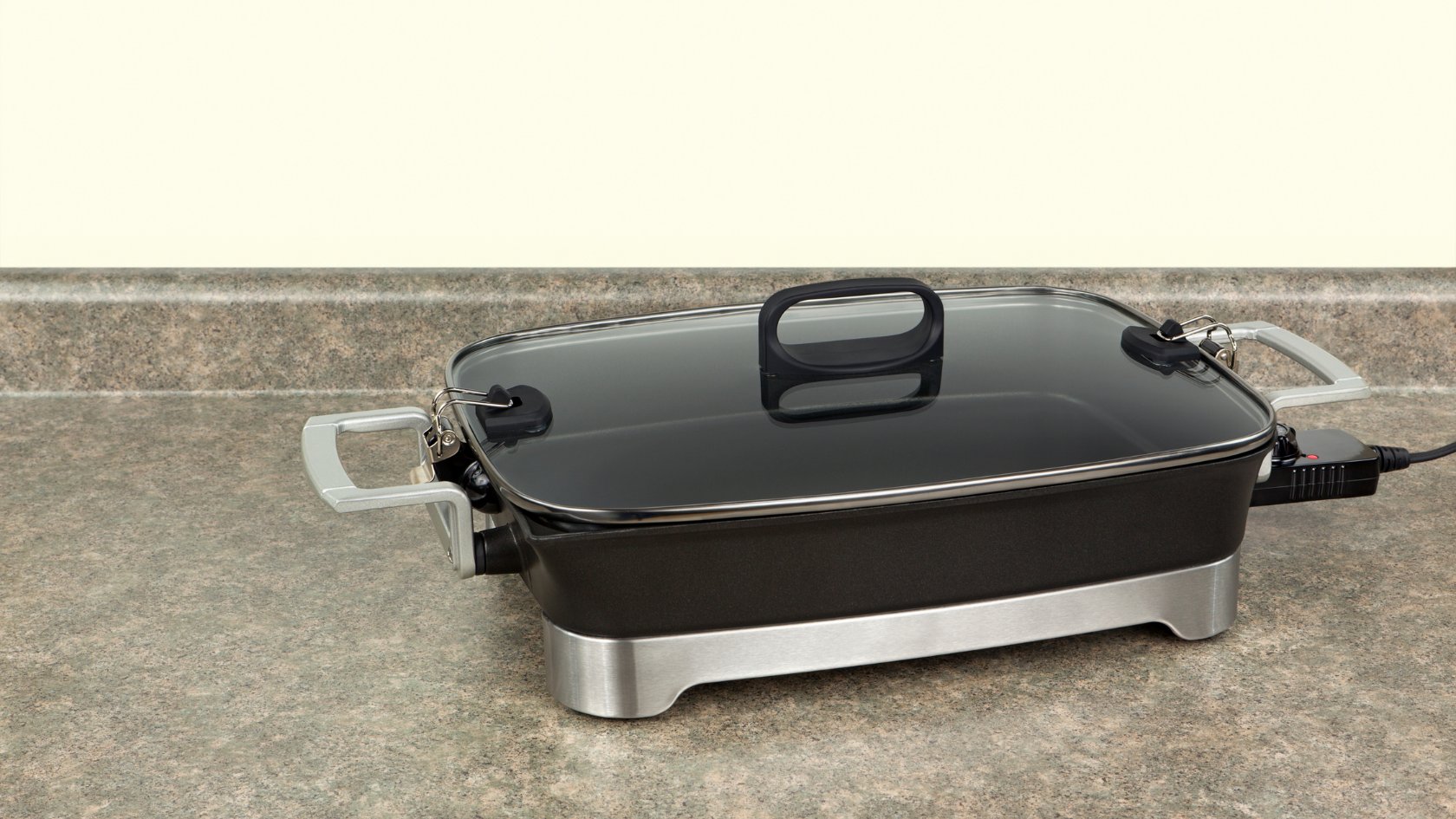
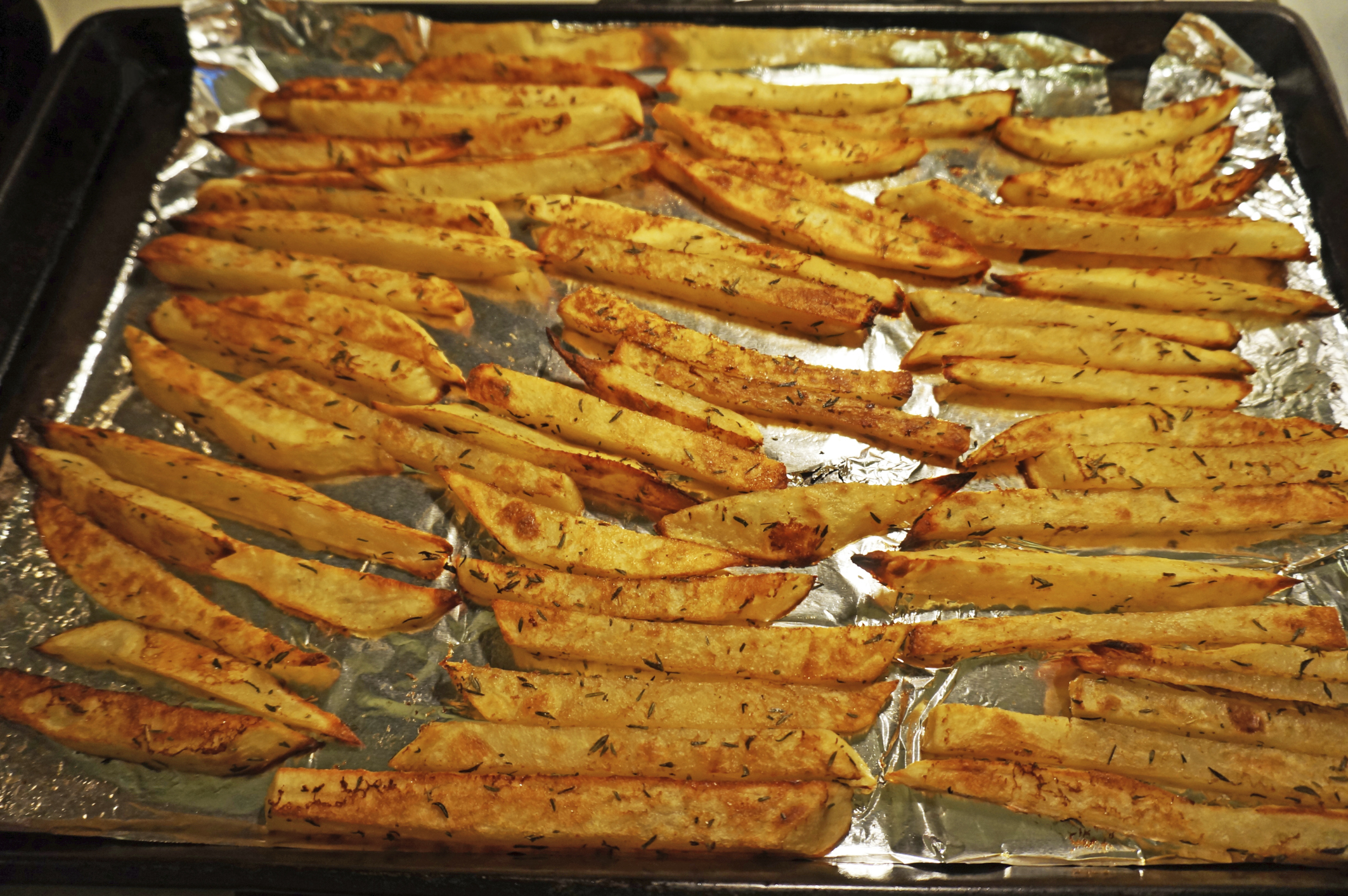

0 thoughts on “How To Store Fried Rice”